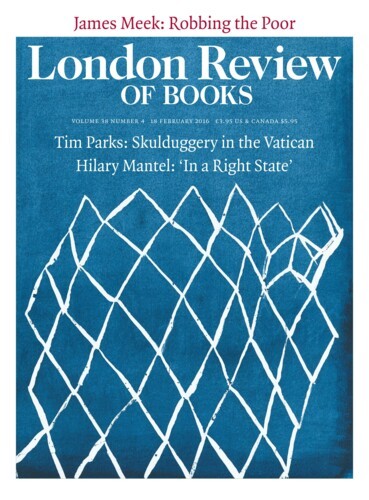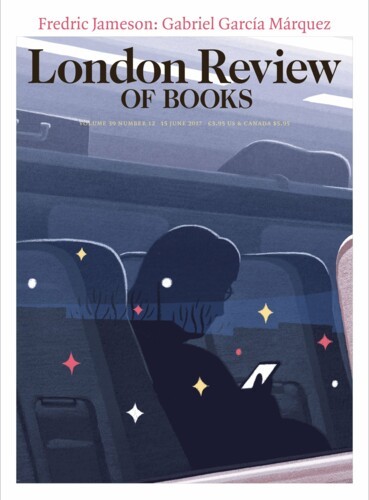In its last week in print, the Independent carried a piece under the headline: ‘One more thing imperialism has to answer for: dysentery.’ It’s a striking statement, but is it true?
Hugh Pennington
Hugh Pennington’s Covid-19: The Post-Genomic Pandemic is due in the autumn.
The persistence of Ebola virus transmission in Sierra Leone, Liberia and Guinea took everyone by surprise. Previous outbreaks had lasted only weeks. The World Health Organisation’s response to Zika in South America has been significantly influenced by criticisms of the speed of its response to the events in West Africa. But a recent note in the Morbidity and Mortality Weekly Report from the US Centers for Communicable Disease Control and Prevention is a reminder that the absence of virologists, public health doctors and nurses wasn’t the only reason for the size of the Ebola epidemic.
Biting Habits: The Zika Virus
Hugh Pennington, 18 February 2016
‘The recent cluster of cases of microcephaly and other neurological disorders reported in Brazil, following a similar cluster in French Polynesia in 2014, constitutes a public health emergency of international concern.’ The statement by Margaret Chan, director-general of the World Health Organisation, on 1 February was very precise. It wasn’t about the spread of Zika...
‘It is too early to say whether those responsible for Alexander Litvinenko’s end intended its cause to be discovered,’ I wrote in the LRB nine years ago. ‘A lingering death caused by a painful poison unknown to science sends out a powerful message.’ The evidence presented to Sir Robert Owen’s Public Inquiry Report, published on 21 January, is clear. The plotters of Litvinenko’s death intended its cause to remain a mystery.
On 18 April 1947 in a cage on a tree platform in the Zika Forest in Uganda, rhesus monkey number 766 developed a fever. Its serum was inoculated into the brains of mice. They fell ill. Zika virus had been discovered. The sentinel monkey researchers were the virologist George Dick and the entomologist Alexander Haddow, based at the Rockefeller Foundation Yellow Fever Laboratories in Entebbe. Haddow went on to build a 120-foot steel tower in the forest to study high-flying mosquitoes and their viruses. The best time and place to find Zika virus was in the evening, 80 to 100 feet above the forest floor.
Read anywhere with the London Review of Books app, available now from the App Store for Apple devices, Google Play for Android devices and Amazon for your Kindle Fire.
Sign up to our newsletter
For highlights from the latest issue, our archive and the blog, as well as news, events and exclusive promotions.


